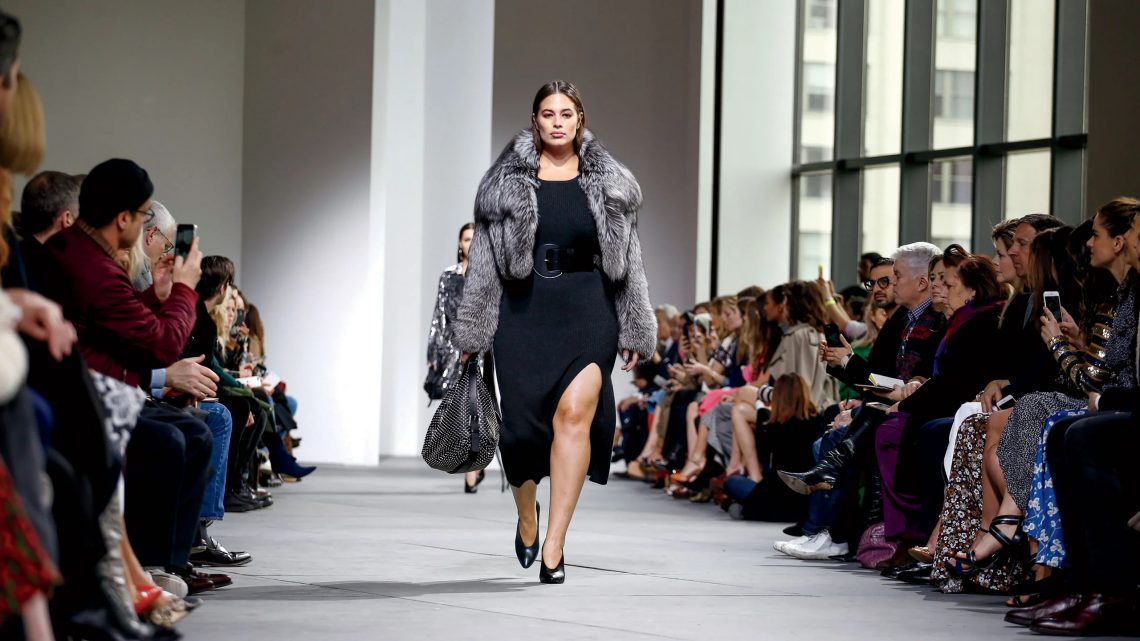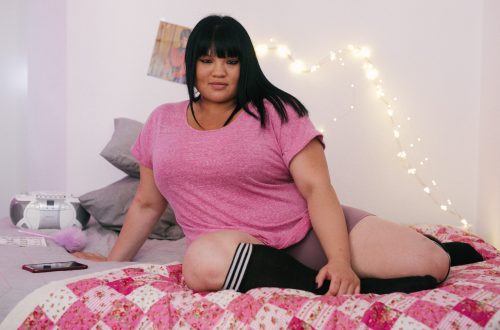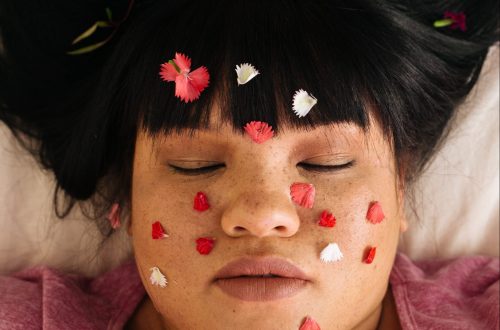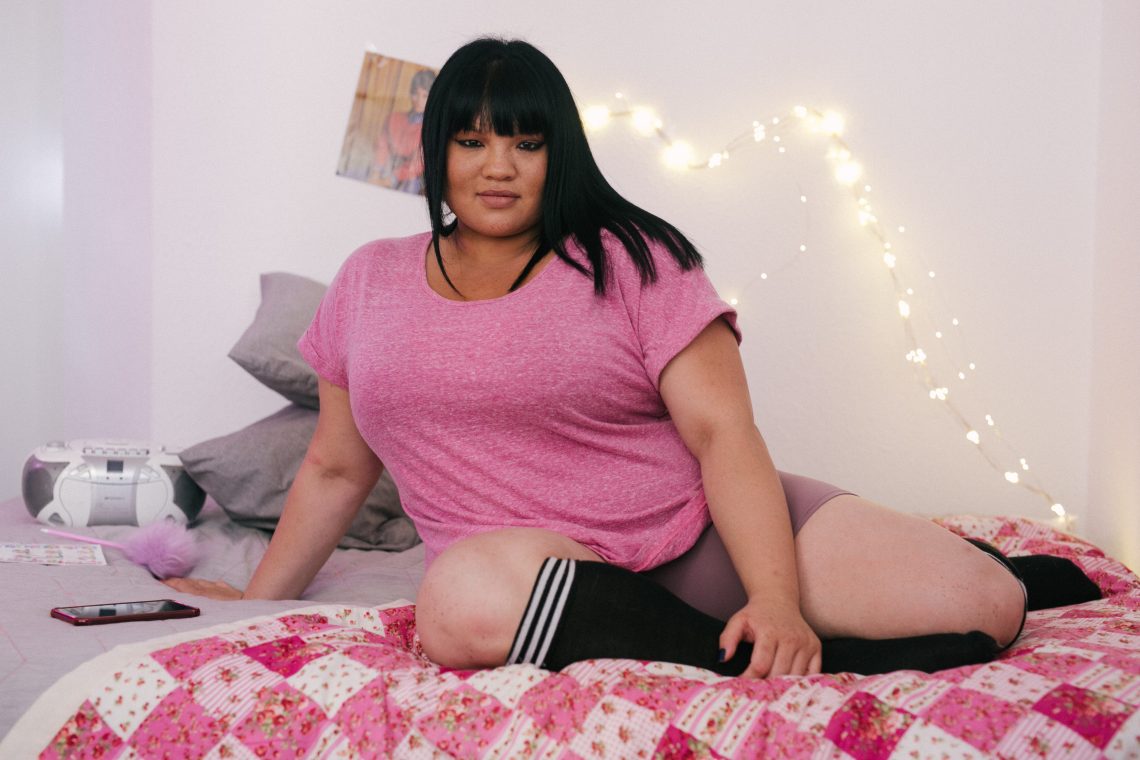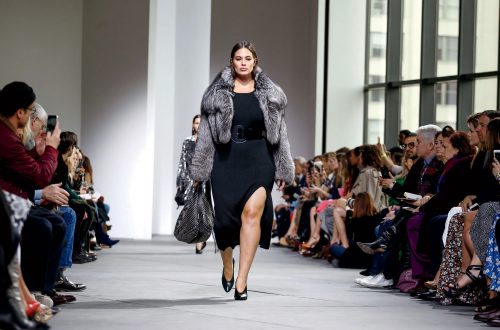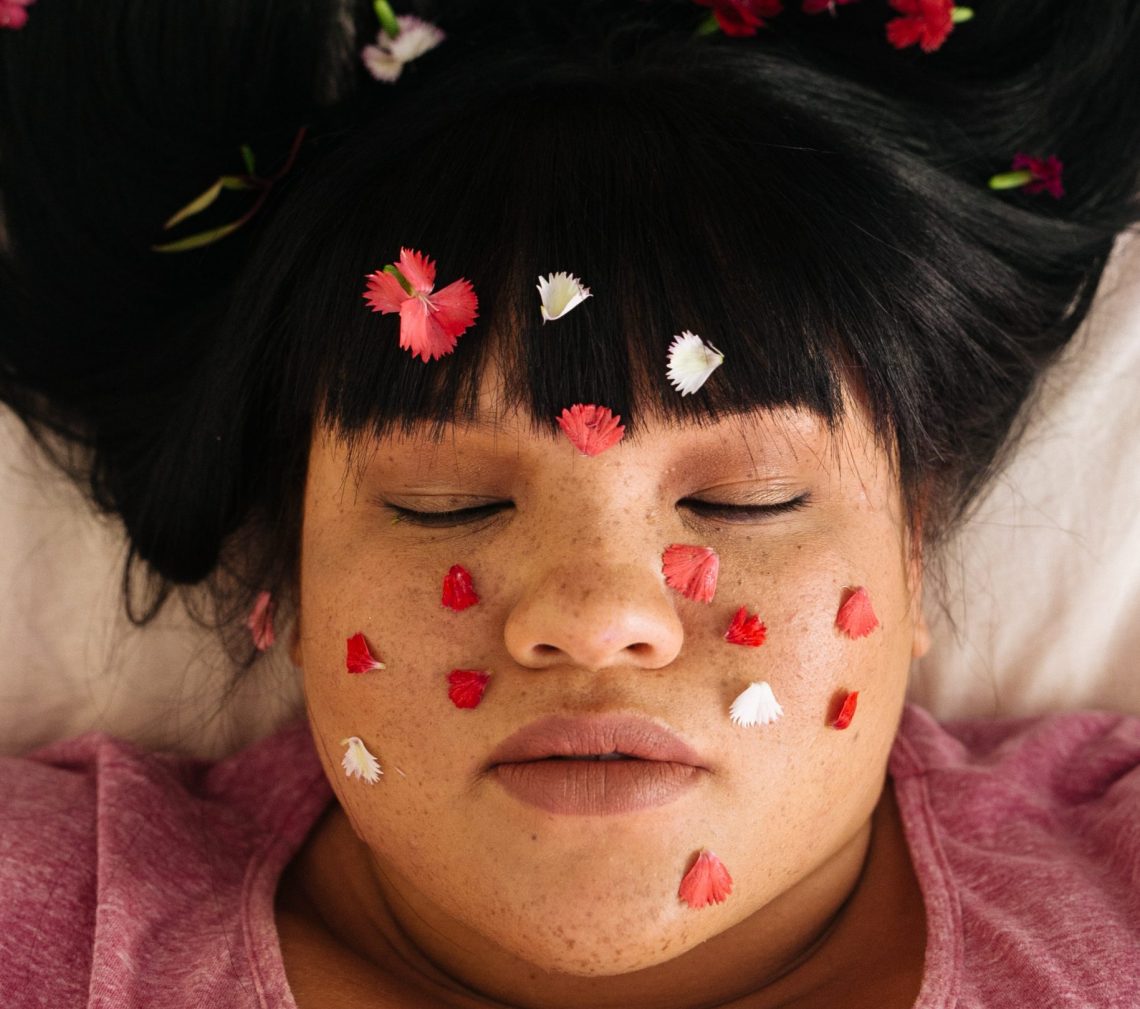Default
-
Celebrate Your Curves
My advice to aspiring plus size models? Celebrate your curves! The world of fashion is now embracing curvy, fuller, and bolder women. John Galliano, New York’s Mercedes Benz Fashion Week, and other top designers have hired women with beautiful curves. No matter if you want to focus on print, commercial or ramp modelling, you do need to have certain traits such good skin, teeth, hair, and nails so make sure to take care of that. Eat healthy, avoid too much alcohol, and anything that can damage your health. More than anything though, you have to have confidence.
Confidence is the most beautiful accessory you can carry, so carry it well. How to build confidence? Well, I can throw some motivational talks about it but let me give you some practical tips instead. First, don’t let trends dictate what you wear. If you don’t feel comfortable and confident in something that is on trend, don’t force yourself to wear it. Fashion is meant to be self-expressive and about who you are as a person so always wear something that you are comfortable with. Next, wear heels to give yourself just that little bit of height and besides, wearing heels makes women stand up straight. Lastly, invest in good quality underwear. Not only it is comfortable, high-quality seamless underwear are skin-hugging, saves you penny in the long run, and most importantly can boost your confidence up.
if you are really serious about modelling, then the easiest and most affordable way is to submit your photos to online model scouting services that work with plus size modeling agencies. You don’t need to experience of do expensive photoshoot to create a portfolio, just professionalism, determination, and your X factor!
-
Accepting Your Own Body
Personally, after years of trying to be skinny, doing modeling jobs at my current body shape is empowering for me. I understand the point of other women who find the term insulting, but to be able to show others who have the same body type as me that they can love their curves, too, is a message I want everyone to hear. For many girls who struggle with body issues, we were always put in a different category and were limited to the things we can do. Modelling was always out of the question. To be able to represent the plus-sized women and make them feel better with themselves is a positive experience I’m celebrating.
Again, I understand the hunger for true inclusivity – the desire to be called just a model without any other adjective to describe it. But then again, what’s wrong with that? I can imagine that models with vitiligo or with tattoos or with psoriasis or models who are physically disabled, are all proud to be a model with their distinct identity because it represents other people who can identify with them. Again, this is empowering.
You know what’s actually more disheartening? That is to be a model who doesn’t fit into a size “box”. You know, you’re not thin enough to be a “straight size” model – a term uses for models who fit the traditional sample sizes, which in the US is size 0 to 4 – or not curvier enough to be considered a plus size model. If you’re a size 6 to 10, you are all but banished from the industry. Agents won’t know which box they will put you and this dilemma is being solved by forgetting your existence entirely. This leads to missed bookings and, for some, eventual bankruptcy.
In a perfect world, what would the modeling industry look like? If I have the superpower, I would love to see models, in all shapes, sizes, and colors appear side-by-side on the catwalk, on their agency’s website, and all the magazine covers. No labels. There is equal treatment of all sizes and gender preference, reflected by equal pay, and it requires an industry effort to achieve this. If sample sizes are made to be inclusive for all body type, and if store mannequins are designed not to be too skinny, and if glossy magazines will be more conscious to practice inclusivity – then it is truly possible.
It is truly liberating to finally let go of my body issues and not worry about fitting into a dress. In all honesty, I’m still in the process of completely loving myself. But right at this moment, I have never felt more confident in the way I look and feel, and I intend to keep this healthy mindset for life.
-
The Beauty of Being Plus Size
Thanks to activists pushing for more plus size visibility in the fashion world, demand for plus size models increased these past few decades. As things change and progress, major clothing brands are becoming more size inclusive with many offering sizes up to a 28. Larger size women are now being represented better and plus size modelling opportunities increased across the fashion industry – from the catwalk, to catalog modelling for swimsuit, and even for magazine editorials.
How to become a plus size model? Broadly speaking, anyone over a size 12/14 or higher can be casted as a plus size model. It wasn’t the case a few years ago when the requirement was to be a size 6 to for plus size modelling gigs. This sizing raised a few eyebrows since typical average women’s dress sizes are between 12 to 16, and 6 is actually considered small in the United States.
Unlike traditional fashion runway modelling that usually have a minimum height requirement of 5 feet, 9 inches tall, plus size models can be shorter – starting from 5 feet, 6 inches. Of course, there is always exceptions to the rule. The world’s first size 22 supermodel, Tess Holliday, is 5’5″.
I had always been the ‘heavy’ kid. Growing up, I was told many times that I have a pretty face but unfortunately, chubby frame. Initially, it never bothered me. Being tall compared to my classmates, I was labeled a big girl, and I was fine with that. I always thought that I’d rather be big and tall than small and short. This nonchalance about my weight changed when I hit puberty. At age 13, I started being more body-conscious. I felt very insecure of how my breasts, hips and arms are bigger than my peers, and resented people, some even close family members, who teases me for my body frame. From being ‘heavy’, I’m now called ‘fat’. A label that I tried to shrug off for many years.
It doesn’t help that, growing up, women’s magazines are filled of dozens of skinny women, flaunting their svelte, thin, size zero bodies. Every catalog, every billboard, all magazine covers and catwalks were dominated by bikini-ready bodies. The way media projected healthy and sexy didn’t help my impressionable teenager self. Just like 70% of women who dieted before the age of 13, I skipped so many meals just not to add any more pounds to my big frame. At 17, my diet consisted of hard-boiled eggs and plain yoghurt. At 5’10” weighing 123 pounds, agents still considered me to be “too big” for casting.
For many, many years, I believed that being skinny equates to happiness. “When I’m skinny, I’ll have more offers.” “When I’m skinny, people will like me more.” “When I’m skinny, boys will hit on me.” “When I’m skinny, I’ll be contented.” However, no matter what kind of diet I went through, from low carbs, to intermittent fasting, to Atkins, and even juicing, I never became too thin. Despite the kilos I lost, I was not skinny enough. I blame my father for it. My father is big and so his family. Growing up, I hated it when my father’s relatives tell me that I have their genes. I would grit my teeth, nod, and smile whenever they say we were cut from the same cloth but deep inside, I wanted to kill them. I can laugh at it my murderous thoughts now, but when I was younger, the hate and pain were too real.
After years of go-see auditions and being told many times to lose some weight, I slowly started accepting the fact that I can never be a size lower than 2. Besides, my body can’t sustain any longer the starvation I put it through. When I let go of the measuring tape and stopped counting every calorie I eat, I started to lead a fuller life. Ironically, I ended up pursuing plus size modelling jobs and had better success getting booked.
Although I happily embrace and proud of being called a plus size model, for many this is quite a degrading label. In an interview, famous supermodel Ashley Graham said that plus size women are often treated second-class citizens. She explained, “I think the word plus-size is so divisive to women.” Graham continued, “I think that when you use the word “plus-size,” you’re putting all these women into a category”, and these categories are about not eating well, not working out, caring less about their body, they’re insecure, and have no confidence.
They are women who let themselves go and not concerned of their health. With ‘plus’ comes years of body shaming, backhanded compliments, and judgmental glances.
